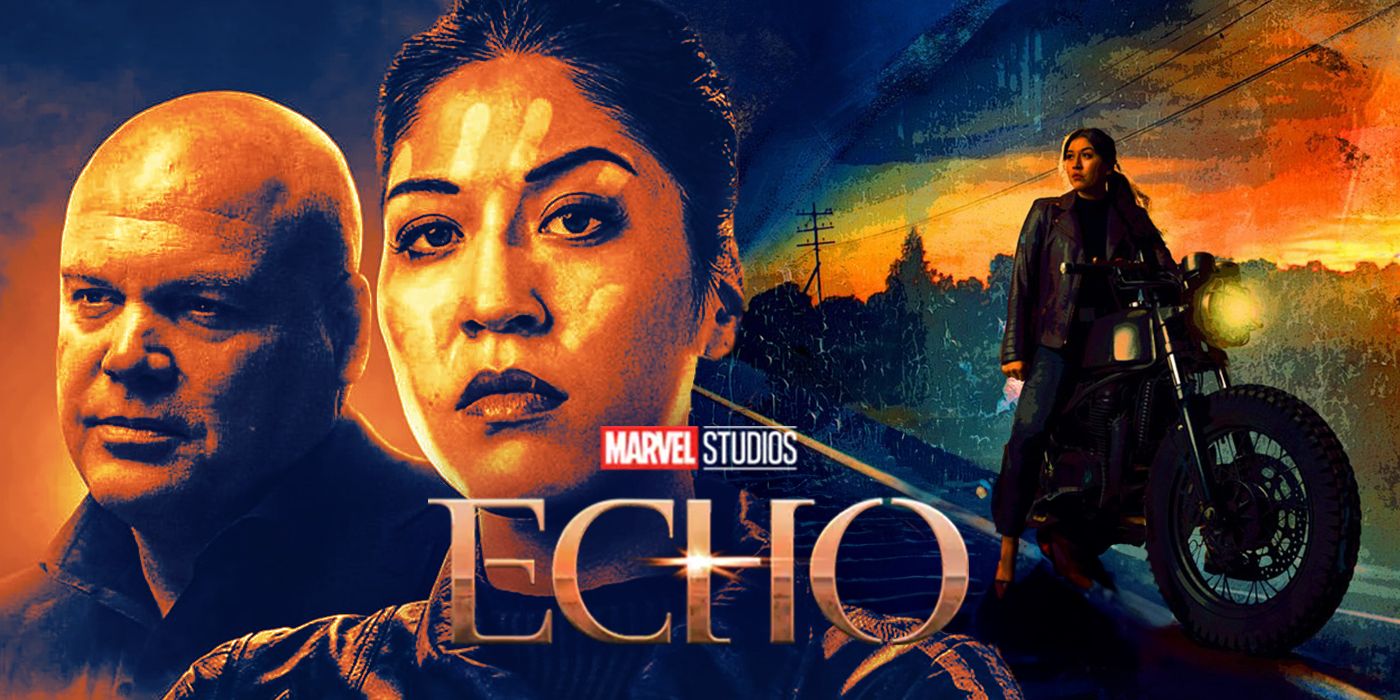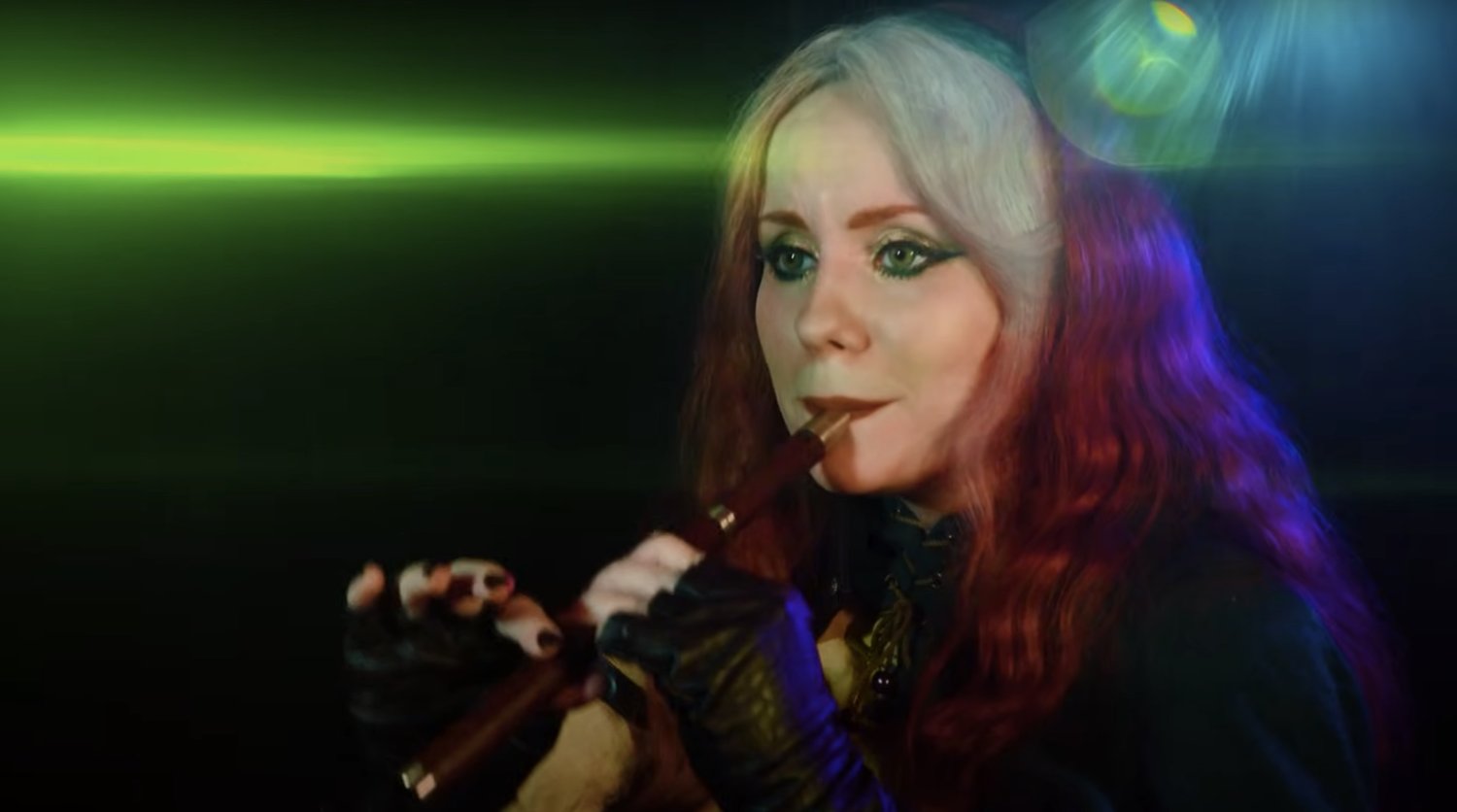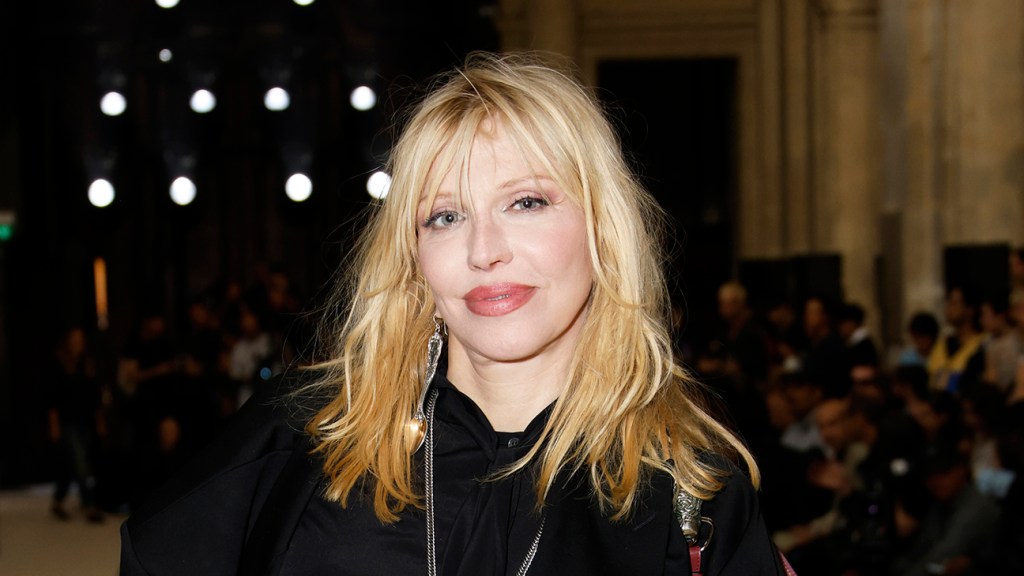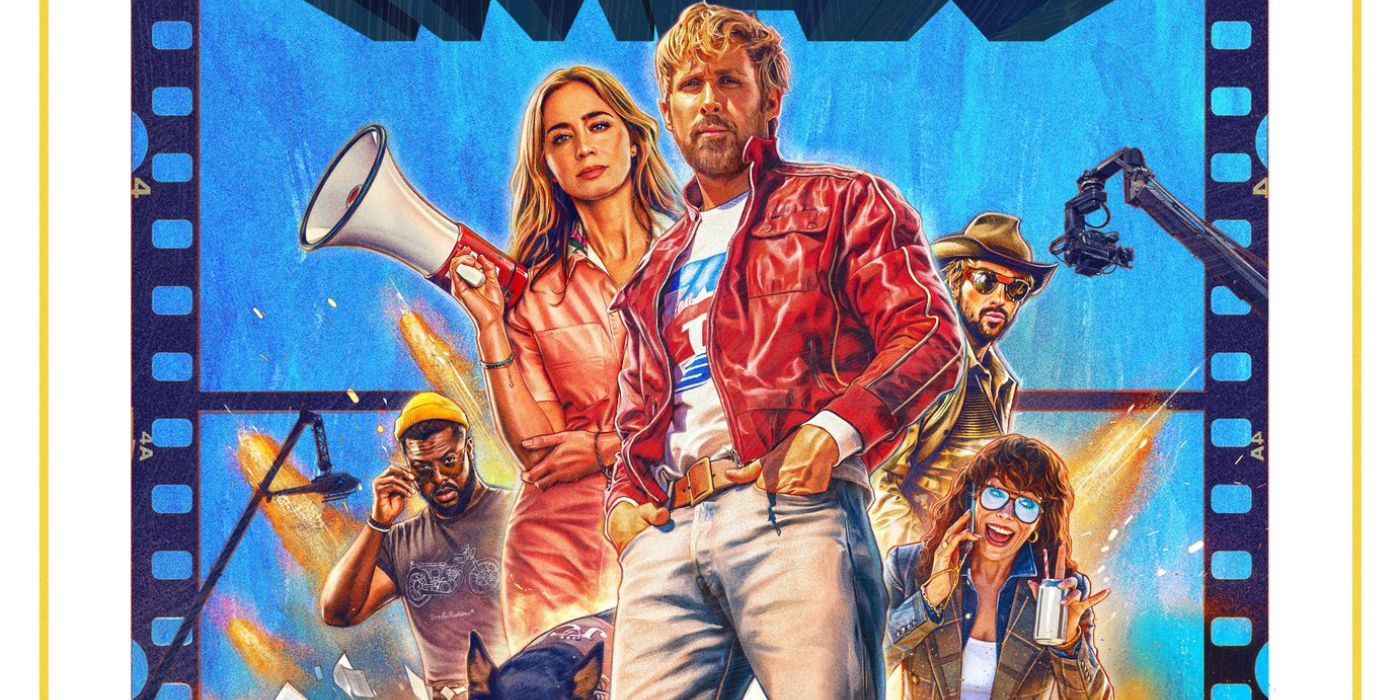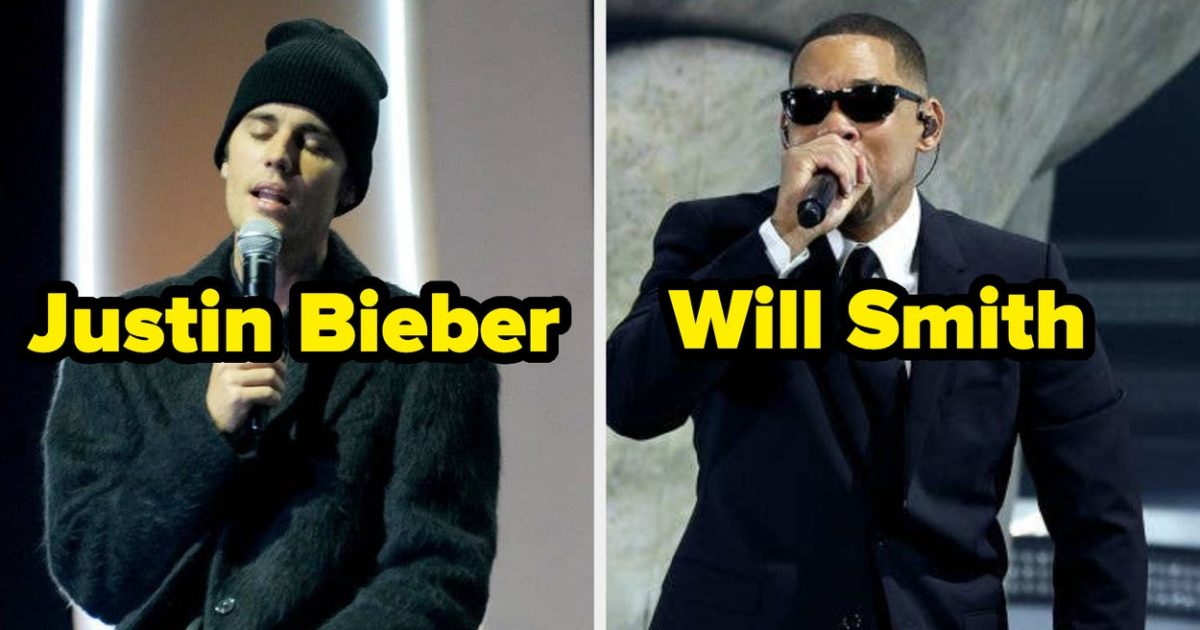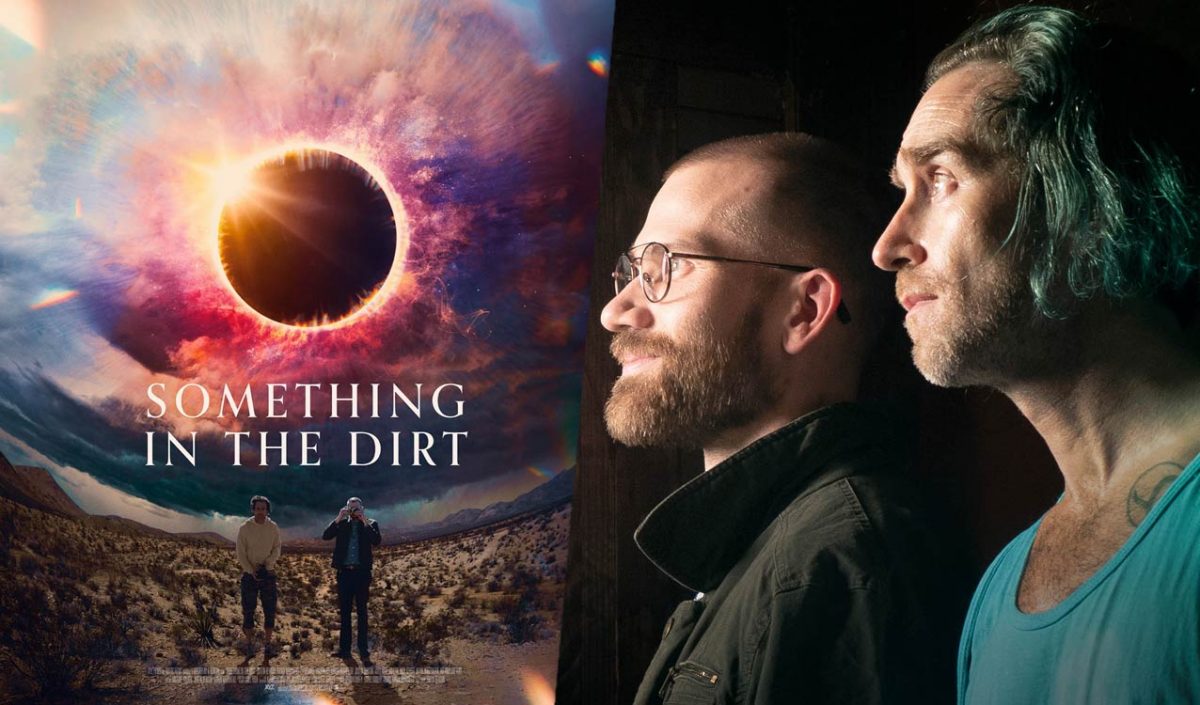
Justin Benson & Aaron Moorhead Talk Paranoia, That Charlie Day Conspiracy Meme & The ‘X-Files’ Of It All [Interview]
Feb 7, 2023
Paranoia, the paranormal, and a whole heap of galaxy-brained conspiracy theories are at the center of “Something In The Dirt,” the new lo-fi sci-fi thriller from ambitious indie filmmakers Justin Benson and Aaron Moorhead. Known for their trippy, surreal sci-fi horror films, “Endless,” “Synchronic,” and “Spring,” but also lately their collaborations with Marvel—directing “Moon Knight” episodes and being upped to the lead filmmakers on “Loki” season two—the duo is really having a moment of late.
Their latest film, “Something In The Dirt,” is a DIY effort born from the pandemic. It centers on two new neighbors — played by Benson and Moorhead themselves— who witness what seems to be a supernatural event in one of their apartments. At first terrified, they realize that documenting this phenomenon could provide them the lives they’ve always dreamed of.
READ MORE: ‘Something In The Dirt’ Review: Benson & Moorhead Land A Darkly Funny Sci-Fi Gem About Galaxy-Brained Paranoia & Conspiracies [Sundance]
What ensues is part buddy/stoner comedy, part conspiracy paranoia thriller, paranormal mystery, and part pseudo-documentary. Made on a shoestring budget with a crew of no more than 12, Benson and Moorhead acting as most of the main roles, directors, writers, producers, cinematographers, and cameramen, “Something In The Dirt” still feels vast, epic, and sprawling—as if Christopher Nolan took his lofty aspirations and essentially grafted them onto a small apartment complex in Los Angeles.
The film premiered at the Sundance Film Festival earlier this year to rave reviews (including ours), and we spoke to Benson, Moorhead, and their crucial producer David Lawson Jr.—the only other active person directly on set during the shoot— about the making of the film, the DIY scrappiness of it all, its thematic motivations, and how “The X-Files” became a major inspiration.
I loved this movie, and I saw it under the best circumstances—knowing nothing other than it was you guys and a DIY effort—and wow. So tell me the origins of it because it seems very pandemic circumstances born, if that makes sense, but also reactive to the current state of things.
Aaron Moorhead: Yeah, well, the nuts and bolts of where it started when the pandemic hit. We all started making plans— how do independent filmmakers make a movie even when there are protocols in place, and they take half the budget of an independent film to do it? So, we thought, “Okay, let’s just get ready for a film when this all ends,” which was such wishful thinking back then, but we’ll be ready when it ends. We’ll be the first film to shoot when this all ends. And it didn’t end. And we realized that we’ve been encouraging young filmmakers for years to do what we did with our first film, “Resolution” (2012), and every one of our films, which is just “go out and make a film.” Don’t wait for anyone to give you permission, write something within your means that you know how to make, and we give that advice. And then here we are presented with a challenge that the world has given everybody, and we weren’t picking up that gauntlet.
So, we said, “let’s design a movie that we can make within our own protocols with essentially a no-person crew,” besides the three of us to see on this call and a remote art team that would deliver us props every morning and go and do it. We were the leads of our film, “Endless,” so we knew that we had chemistry. We knew that we were capable of performing. And we have a little production company called Rustic Films. We’ve got a bit of a cottage industry of finding other DIY filmmakers and being DIY filmmakers ourselves to make independent films that are still really challenging and don’t have to cut the hard edges off. They’re DIY, but we also know how to make movies people actually want to watch [laughs].
David Lawson Jr.: Another fun thing— because we were doing it ourselves, again, that’s just the three of us on set and a small remote teams that were working with— we were able to do it entirely under the radar, quietly without anybody knowing what we were doing, which we always say is kind of the best way to go into our movies. Just don’t read anything. I mean, this is how I go into every movie that I know I want to see. I haven’t even watched the “Moon Knight” trailer that these guys did; I’m just going to watch this [laughs]. Why would I watch the trailer? I’m going to watch the show. I don’t like to be spoiled by any information.
Because it’s just the three of you on set, you do have this elaborate script but did just the three of you allow it to be iterative and not improvisational, but evolving as you’re going?
Justin Benson: It’s more complex, actually. It’s harder to do things on the fly, improvise, whatever you call it, because of the script’s density, and so many particular things had to track throughout the whole movie.
Okay, that makes sense now that you present it like that. It’s carefully constructed Jenga parts that you don’t want to mess up.
Justin Benson: Right, and from a purely technical standpoint, our movies are almost always single-camera shoots. This one wasn’t. One was essentially “cinema,” and then the characters had cameras too, but from a technical standpoint, improvisation is almost impossible. Or, it would take a very long time cause you’d have to reshoot the other person’s coverage to match the improv you liked [laughs].
Aaron Moorhead: And we didn’t have a script supervisor or playback, but we did rehearse a lot, and the rehearsal process had an enormous amount of iterative discoveries, not improv, but you say a line, and it takes on new meaning, or one of our favorite things was discovering in the edit. We knew that it would have a pseudo-documentary built within the film, but we didn’t know that we would cut the film like a documentary with the cutaways as we were talking about things. That was just a random joke we made about two weeks during rehearsal, about two weeks before production, and then it turned into the format of the film. The weird thing is there was always a pseudo-documentary. Still, it just didn’t have cutaways to other stuff. Once we landed on that, that created an additional over 100 shots that we hadn’t even counted of additional photography to shoot at the interstitial stuff and sourcing vast amounts of public domain footage and, and clearing them and figuring out what even that is because we don’t have a lawyer for it.
David Lawson Jr.: And also tracking down random YouTube clips and who owns those and getting permission from those people, because some of those things just can’t be recreated and needed to be in the film.
Justin Benson: And then the stuff we did recreate needed uniformity with stuff that wasn’t recreated, which creates an additional challenge.
Now that you’re explaining, it’s almost like four layers of POV, which is like the film, the cinema of what’s happening to them. Then there’s each of them that has their own camera, And then there’s the documentary outside of that looking back retroactively on everything that’s happened.
Justin Benson: But also, on top of what you just said, the documentary on top of the documentary also has a shifting point of view of different filmmakers. So, there are half a dozen more layers once you get to the documentary point of view.
Now that you guys are explaining it in the way and making it less abstract and reminding me about all the points of view, I’m thinking, wait; actually, this was hyper-constructed [laughs], so I’m totally reversing.
David Lawson Jr.: Right. One of the things that you don’t see in the film, the only room in Justin’s apartment that we didn’t shoot in was the hallway because it was covered entirely with shot lists and a schedule and a continuity breakdown, literally just taped to the wall that we would go over and cross off part. Also, we had written out what we called “the process,” which was our cadence to ensure that we didn’t miss something big— Aaron forgetting his glasses, or Justin’s hair should be blue in this scene. There was a lot of that.
More from this interview on the second page.
Publisher: Source link
Olivia Rodrigo Joined No Doubt, And Many, Many Other Artists Had Surprise Cameos At Coachella 2024
This year had some of the best surprise guests.View Entire Post › Disclaimer: This story is auto-aggregated by a computer program and has not been created or edited by filmibee.Publisher: Source link
Apr 18, 2024
Cute Kate Spade Mother’s Day Gifts That’ll Make You the Favorite
We independently selected these deals and products because we love them, and we think you might like them at these prices. E! has affiliate relationships, so we may get a commission if you purchase something through our links. Items are…
Apr 18, 2024
Khloé Kardashian Just Cut Her Hair The Shortest I've Seen In A While
It's the perfect warm weather cut.View Entire Post › Disclaimer: This story is auto-aggregated by a computer program and has not been created or edited by filmibee.Publisher: Source link
Apr 17, 2024
See Inside Emma Roberts’ “Storybook” Home
Just one look inside Emma Roberts' home, and you may be left screaming with delight. The Scream Queens alum recently opened the doors to the Los Angeles pad she shares with her 3-year-old son Rhodes. "What I love about this house is it speaks…
Apr 17, 2024
